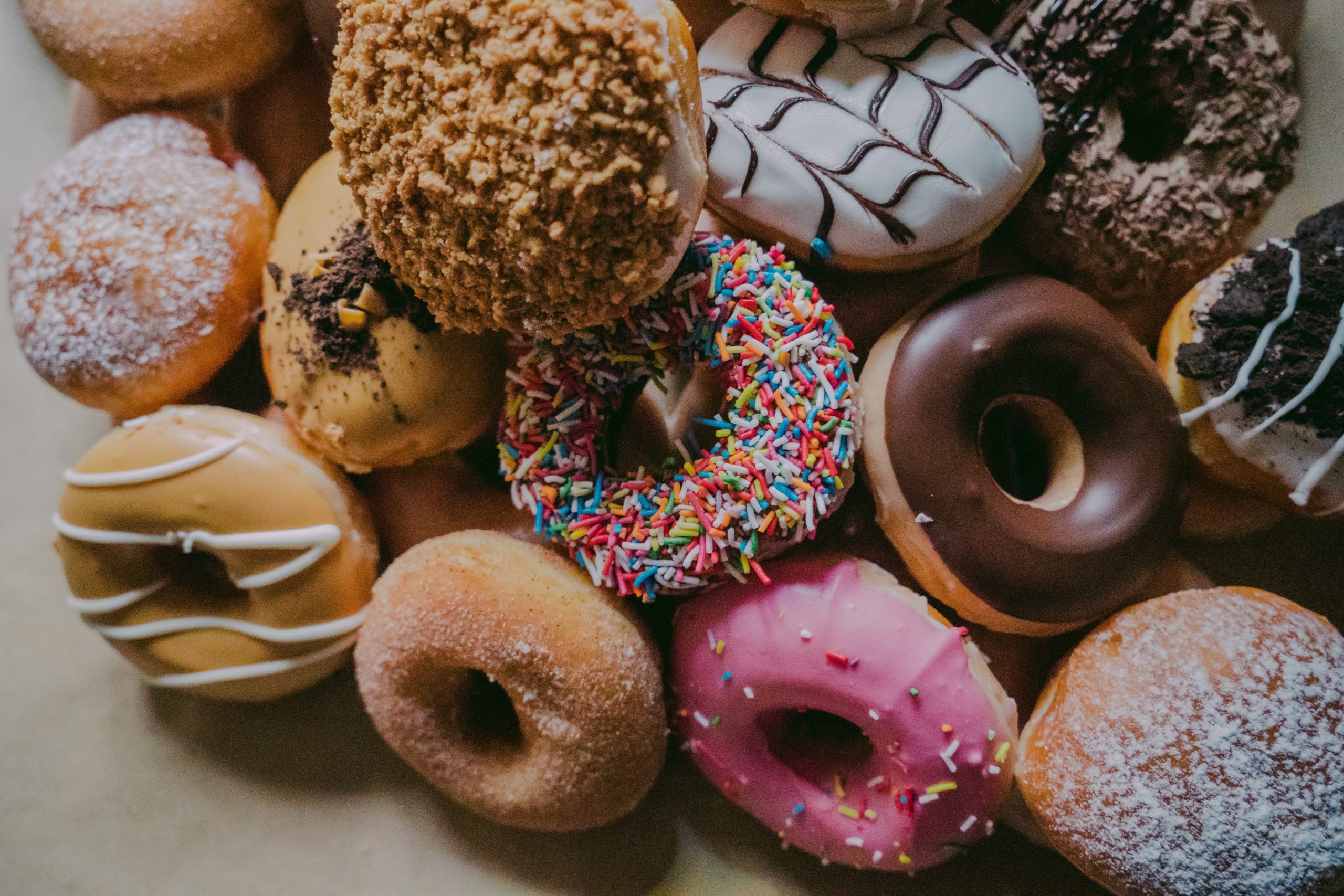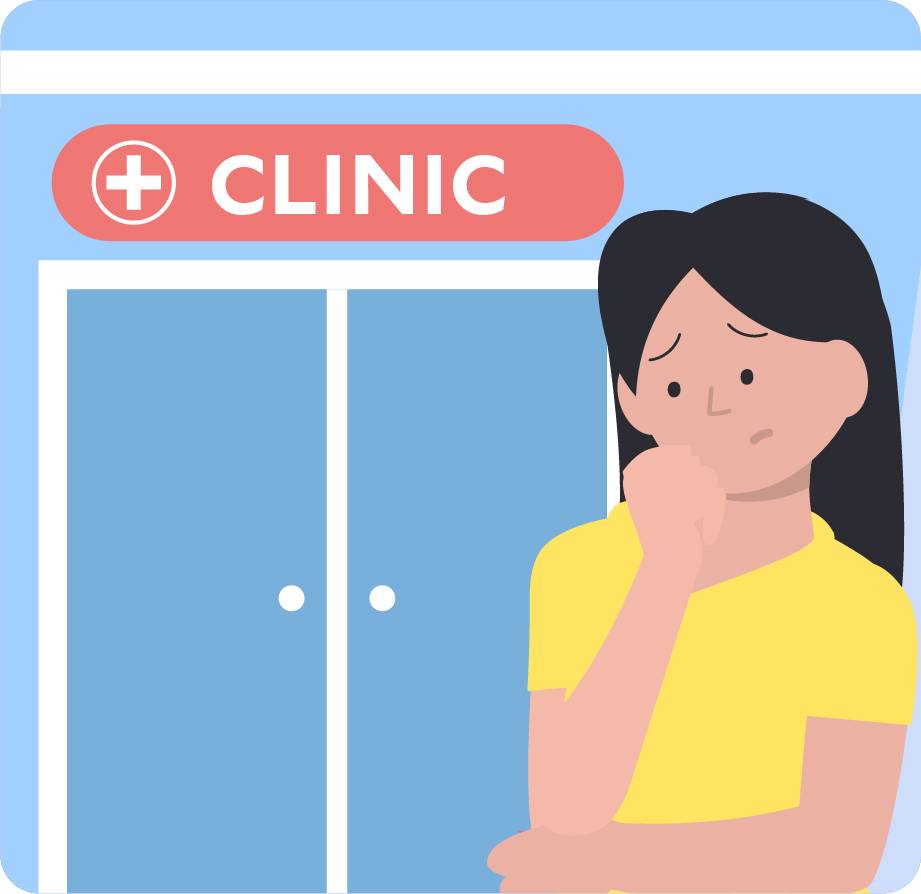Do you always look forward to eating sweets? How often do you crave them? Do you find it hard to control your intake of cakes, cookies, sugary drinks and chocolates? The more you eat these ultra-processed products, the more that your body will crave them, which can lead to the development of an undesirable habit.
Overconsumption of sugary foods can inflame your body leading to serious health problems. A study published in Jama Internal Medicine shows that eating overly sweet foods (mostly from added sugars) can increase one’s risk of dying from heart disease even if you are not overweight.
Self awareness, preparation, proper nutrition, active lifestyle, stress management and sufficient external support should be considered as necessities in properly dealing with sugar cravings.
I am sharing 20 of the best and proven ways to prevent sweet cravings based on research, personal experience, and the most effective strategies undertaken by my clients who have resolved their issues concerning sugar cravings.
Awareness, preparation environmental control
1. Know your limits
According to the American Heart Association (AHA), women should consume around 6 teaspoons or 24 grams of added sugar per day and 9 teaspoons or 36 grams for men (desserts and sugary drinks) to avoid developing health problems such as obesity, diabetes and heart diseases. A 12-ounce serving of iced tea contains 35 grams of sugar and a slice of cupcake with frosting contains 20 grams of sugar.
2. Avoid hunger pangs
Skipping meals such as breakfast can cause hunger pangs and cravings during the day that can last even last up until late at night, especially if you are already up and active (physically and mentally) as early as 6am.
3. Don’t keep large portions of sugary foods at home
Birthday cakes are meant to be shared. Share the sweet gifts you receive from your friends and family and don’t keep everything at home. Even if you eat one slice of cake a day, you might end up eating the whole cake by yourself in a span of three to six days. Just imagine the amount of added fat and sugar you will put in your body. The same applies to keeping a big bags of chocolates and candies and boxes of cookies and donuts.
4. Prepare for your premenstrual syndrome (PMS) cravings
Track your monthly cycle and pay more attention to the prevention of sweet cravings between ovulation (usually 14 days since your first day of period) to the first day of your next cycle. This is the luteal phase of your menstrual cycle, when you are more susceptible to food cravings because of your hormonal imbalance (abnormal levels of estrogen, progesterone, estradiol and serotonin occurs) can cause intense cravings and hunger.
Eating strategies
5. Consider the order of eating foods: Vegetables and protein first before carbs
There’s a study that shows that food order (eating carbs last) has a significant impact on one’s sugar level. Blood glucose regulation plays a big role in avoiding hunger pangs and food cravings. Try to eat your salad and chicken first before your brown rice and fruits and notice the effect on your desire for food after a couple of hours.
6. Incorporate vinegar in your meals
Combining vinegar with carbs such as bread can improve blood sugar and insulin levels which is important for controlling cravings and hunger. You can also try to mix one tablespoon of apple cider vinegar with water before a meal, add vinegar with your dishes and/or or use vinegar-based dressings for your salad.
7. Avoid eating heavy refined carbs
Have you ever wondered why you still crave for sweets even after a heavy carb meal? It’s because having a big bowl of pasta or noodles filled with sodium and unsaturated fat (lacking in vegetables, proteins and healthy fats) will cause a sudden spike and drop in your blood sugar that results in more food cravings in just few hours after. You really need to balance your meals – combining healthy whole grain carbs (oats, brown rice, whole wheat bread and noodles) with lean protein (seafood, chicken without skin and 90% lean red meat) and healthy fats (olive oil, avocado, nuts, fish oil).
8. Add the right amount of fiber to your meals
Having the right amount of fiber in your meals can improve satiety and minimize your sweet cravings all throughout the day. Try to distribute your fiber intake (average of 20 grams/day) during the day depending on your number of meals – it can be three main meals (5 grams of fiber/meal) with a cup of rice or whole wheat pasta with protein and veggies and two snacks such as a handful of nuts or a piece of toast and a table spoon of nut butter (3 grams fiber/snack).
9. Always have your healthy sweet alternatives at home
The healthiest foods that you can eat when cravings occur are: Natural greek yogurt and fruits (such as strawberries, papaya, honeydew melon, avocado and guava), dark chocolate (at least 70%), fruit and veggie smoothie with almond milk, nut butter or protein powder, a handful of nuts (almond, cashew or walnuts) with a tablespoon of dried fruits (dates, cranberry, mulberry and/or raisin), sweet potato with a tablespoon (or less) of peanut butter.
10. Stay away from fad diets that often lead to mineral deficiencies
Caloric restriction and/or eliminating some foods groups from your diet can lead to vitamin and mineral deficiencies. Lack of minerals such as iron and magnesium in your body can negatively affect your energy level that’s leads to sugar cravings. Ensure that you always eat a balanced diet rich in vitamins and minerals such as green leafy vegetables, fruits, nuts, seeds, seafood, lean meat, dairy, healthy grains and beans.
Visit a health specialist to conduct a thorough assessment and identify the best management that can address your mineral deficiencies.
11. Avoid sweetened drinks
A 2019 study published in the journal Circulation shows that excessive consumption of sugary beverages such as fruit drinks, soft drinks (carbonated and non-carbonated), sports drinks and energy drinks has been linked to increase risk of death from a cardiovascular disease.
A cup (or 240ml) of sweetened beverage contains between 20 to 50 grams (of 5- 12 teaspoons) of sugar, which is equivalent to 80-200 extra calories (4-10 percent of your daily calorie intake).
12. Control your urges for a strong cup of coffee especially in the afternoon when you are more susceptible to eating sweet snacks
A study shows that coffee can increase your tolerance for sweets, and in effect, your body might crave for more. In addition, the habit of drinking coffee especially in the afternoon can be a trigger for you to look for cakes or pastries to complete the whole coffee experience. Try to switch to a decaffeinated alternative and start breaking the habit of pairing coffee with sweet snacks.
13. Stay hydrated
Aside from bloating, dehydration can lead to cravings, due to the sugar imbalances happening in your body. It affects the liver, responsible for releasing the glycogen, which is a form of glucose that gives you energy. Lack of energy can lead to hunger pangs and sugar cravings.
Try to drink a glass of refreshing water and see how it will affect your sugar cravings. Make sure that you are always well-hydrated during the day by setting up reminders (download hydration app or set alarms on your phone) and tracking your water intake.
14. Say goodbye to artificial sweeteners and consume foods with natural sweeteners in moderation
Studies show that the consumption of artificial sweeteners such as saccharin and aspartame that are found in ultra-processed foods (diet sodas, breakfast cereals, baked goods and jellies) can trigger sugar cravings especially when consumed frequently and in large amounts.
You can treat yourself with sugar-free desserts instead, that contain the approved natural sugar substitutes such as stevia, monk fruit extracts, erythritol and xylitol so you can save calories and limit your over-all sugar intake. But, prioritize the intake of the more nutrient-dense foods (fruits, vegetables, nuts and healthy grains) to fill you up, instead of grabbing sugar-free desserts that often lack fiber, protein and healthy fat and carbohydrate.
Physical activities
15. Engage in daily movement regardless of intensity
Physical activity can help balance your hormones and sugar level, responsible for controlling your appetite and cravings. It can can also help distract you from thinking about food especially when you are bored, stressed and/or feeling down.
Even light walking helps regulate your blood sugar after a meal, that can help combat your sweet cravings especially late at night.
16. Apply the principles of sports nutrition with your workouts
Exercising without proper nutrition often lead to sugar cravings, especially if the intensity is high and you disregard meal timing and quality. Prevent sugar cravings after an intense workout by having a nutrient-dense pre and post-workout meal at the right time (2-3 hours before and 15 to 60 minutes after exercise) complete with protein, carbohydrate and healthy fat. The ingestion these nutrients in one meal (with the right amount) can help slow down your digestion and can effectively regulate your blood sugar.
Stress management
17. Get enough sleep
Lack of sleep (less than 7 hours) produces stress hormones such as cortisol, which increases your cravings for high-fat and sugary foods. Your decision making skills when it comes to choosing healthier food alternatives will also be affected, allowing you to just go for highly processed, sugary foods just to relive you from stress and satisfy your cravings.
Prioritize sleep management to avoid late night cravings and to prepare your body for more movement the next day and to avoid serious health issues.
18. Apply mindfulness techniques
Mindless eating can lead to overeating and food cravings. Learn how to eat slowly so you can appreciate your food and reach that fullness and satisfaction that can help avoid sweet cravings after a meal.
Keep a lifestyle journal of your sleep, exercise and food intake so you can identify and analyze the common triggers (stress, boredom, negative emotions, habit, availability, PMS, dehydration or lack of sleep) for your consumption of high-calorie foods such as cakes and donuts.
Support
19. Get much needed support from your loved ones and/or health coach
Inform your loved ones how they can support you with your health goals – getting your husband or sister as your accountability partner, asking your mom to send you fruits instead of sweets treats and/or tell your husband to remind you to avoid ordering sweet treats from online food delivery services.
Hire a credible and experienced lifestyle/health coach so you can get the right information (like ways on how to deal with your cravings and hunger to avoid health issues) and program that suits your goals, lifestyle, personality and health status.
20. Learn how to deal with sugar pushers effectively
Sugar pushers who always offer you desserts and send you sweet treats, can be one of your friends or a member of your family, so you cannot really avoid them. Instead, tell them that you are really trying your best to stay away from sugar and how this can affect your health and well-being. Or you just need to be honest and say “NO” politely, so you can continue to remain firm with your plans.
Email the author at [email protected] or follow/message her on Instagram @mitchfelipemendoza









































